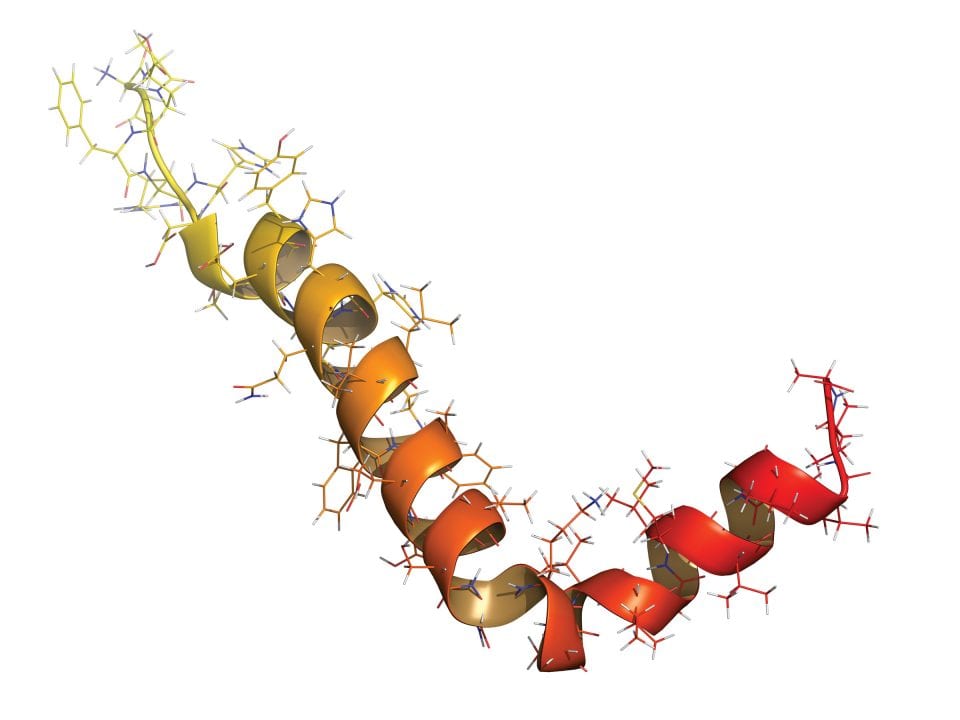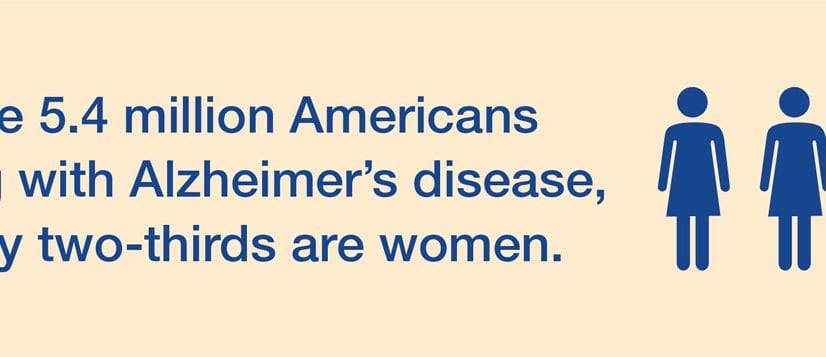Recent months have witnessed three remarkable developments in projects supported by Cure Alzheimer’s Fund:
- A team led by Research Consortium Chair Rudy Tanzi, Ph.D., has, for the first time, created “Alzheimer’s in a dish”—a combination of both amyloid and tau pathology in human nerve cells living inside a Petri dish.
- A team led by Stem Cell Consortium Director Sam Gandy, M.D., Ph.D., has identified a promising, first-in-class drug that stimulates the creation of new nerve cells inside the brain.
- A new “alternative amyloid hypothesis” from the lab of Charles Glabe, Ph.D., at the University of California, Irvine helps explain precisely how nerve cells die in Alzheimer’s and how known genetic mutations initiate the chain reaction of this disease.
These are just the three most recent developments in what is turning out to be a breathtaking year for Alzheimer’s research. More detail on each:
Tanzi
In September, the journal Nature published a study led by Dr. Tanzi that for the first time induced the creation of both key aspects of Alzheimer’s pathologies—amyloid plaques and tau tangles—in human nerve cells with a known Alzheimer’s gene mutation. These nerve cells had been developed first from human stem cells. “In summary, we have successfully recapitulated Abeta and tau pathology in a single 3-D human neural cell culture system for the first time,” wrote Tanzi and fellow researchers in the magazine. Further, the group reported it was able to inhibit both Abeta and tau. “This is a big deal,” Tanzi says. “It creates a near-ideal lab model of the disease that will help us dramatically accelerate the process of drug testing.”
Gandy
It appears we now are one step closer to regenerating new brain cells. An article by Sam Gandy’s team just published in the journal Molecular Psychiatry outlines the extraordinary promise of a drug known as an “mGluR2/3 blocker.” Created by the Japanese pharmaceutical firm Taisho and originally studied for depression, the drug acts by stimulating stem cells in the hippocampus to divide and form new nerve cells. It originally caught the attention of Gandy and his team for its possible ability to inhibit production of the toxic protein Abeta42, which is associated with Alzheimer’s disease. With funding from Cure Alzheimer’s Fund, Gandy conducted a pilot study of the drug’s effects on a particular strain of mice. That study turned out such promising results that it has drawn $1 million in funding from the Veterans Administration “MERIT Review” program to support Gandy’s lab at the James J. Peters VA Medical Center in the Bronx. (Additional funding was provided by the Louis B. Mayer Foundation, the Sarah and Gideon Gartner Foundation and the BrightFocus Foundation.)
The mGluR2/3 blocker also has been administered to healthy young human subjects, and so far has been shown to be safe. The next step for Gandy’s team will be to treat elderly human subjects with the drug to test safety in this population before gearing up to test the drug in patients with Alzheimer’s disease. “It’s extraordinary that in such a short time, we have moved from ordinary skin cells to induced pluripotent stem cells in a Petri dish, to lab-generated human nerve cells, and now to a drug that could potentially create those cells inside a human brain,” said Gandy. “We realize that we are unlikely to have much impact in late-stage Alzheimer’s, but we are cautiously hopeful that this drug might arrest Alzheimer’s disease at an early stage so that patients can remain functional for more extended periods.”
Glabe
Dr. Glabe’s new hypothesis, which he calls an “inside-out view” of Alzheimer’s, is potentially both a reinforcement to, and enhancement of, the current understanding of the disease. The traditional view is that the protein fragment Abeta aggregates into plaques outside neurons and subsequently causes stress and death to those neurons. Glabe’s new hypothesis proposes the reverse order: Abeta forms first within the neuron, causing cell death, which subsequently spurs the formation of neuritic plaques. “It also has therapeutic implications,” Glabe explains. “It suggests that gamma secretase modulators of the type that are being developed by consortium member Dr. Steven Wagner will be successful, because they will increase the secretion of soluble Abeta species and prevent the intraneuronal accumulation that leads to neuron death.”
Glabe’s new hypothesis was driven by research supported by Cure Alzheimer’s Fund, and has just been published in the journal Neurobiology of Disease. Dr. Glabe is a longtime member of Cure Alzheimer’s Fund’s Research Consortium.
“This represents an important challenge to our thinking,” said Dr. Rudy Tanzi, chair of the Cure Alzheimer’s Fund Research Consortium. “The amyloid hypothesis has been strongly confirmed in recent years by our genetic and other research. But it’s important that we keep refining it, in order to continually improve intervention strategies.”
“We are so proud of all these developments,” said Cure Alzheimer’s Fund Chairman Jeffrey Morby. “Ten years ago, we promised to boldly break new ground on Alzheimer’s research, and that’s exactly what we’ve done—this year more than ever.”








